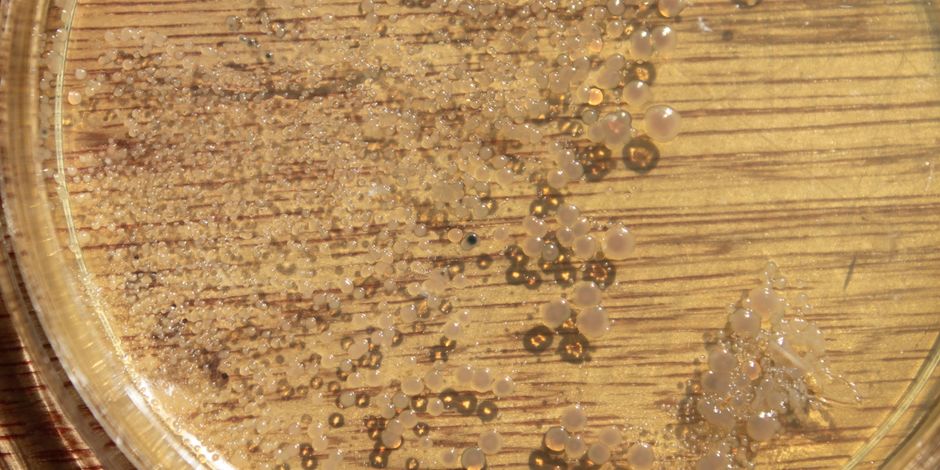Project BlueGene

I want to make indigo with bacteria. At the heart of this process is a small gene that takes indole from e coli and turns it into indigo!
While many sets of genes (operons) that do this have been studied and characterized, none of them are this small. This makes the use of the gene a lot more flexible.
The primary goal of my project is to take a copy of the gene and turn it into a chromogenic vector. These are useful in the lab when you are copying a gene from one source into the vector. Since DNA is tiny and invisible, there is normally no easy way to tell if you DNA got transferred from point A to point B. Normally you have to do PCR on a bunch of samples and then run a gel, which takes hours, and reagents (=money). However, if point B disrupts this indigo gene, then you can tell if it go in or not. If it go in, the gene will be disrupted and colonies will be white, while if it didn't get in the will be blue.
While a vector that does this already exists, it has a different mechanism requires an two additional chemicals(=money) to work.
To get the copy I have ready, I need to get rid of a stop codon in the middle of the sequence. Right now, not much indigo is being produced because most of time, the gene is not being transcribed into RNA correctly, which results in only partially-finished enzymes. To remove this is pretty simple, but it requires quite a few expensive chemicals and kits.
Once the stop codon is out, I can put it into a creative-commons licensed plasmid and distribute it through a plasmid repository so that people can use it and so that it is maintained.
The reach goal is to work on the gene more. Enzymes with similar effects are known to produce other indigoid pigments. Can this gene do this? Only one way to find out!
The meta-project is to provide a template for low-cost bio research in DIY labs. Most people think it is impossible, but I want to create an example of a well-spec'ed molecular biology project that takes advantage of an open lab.